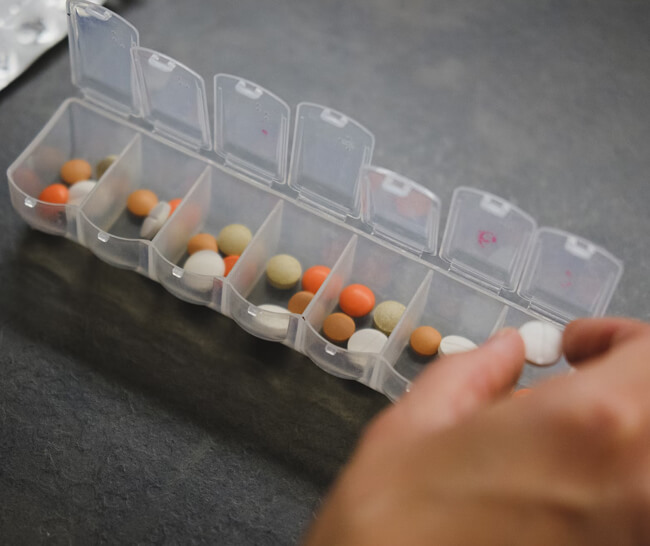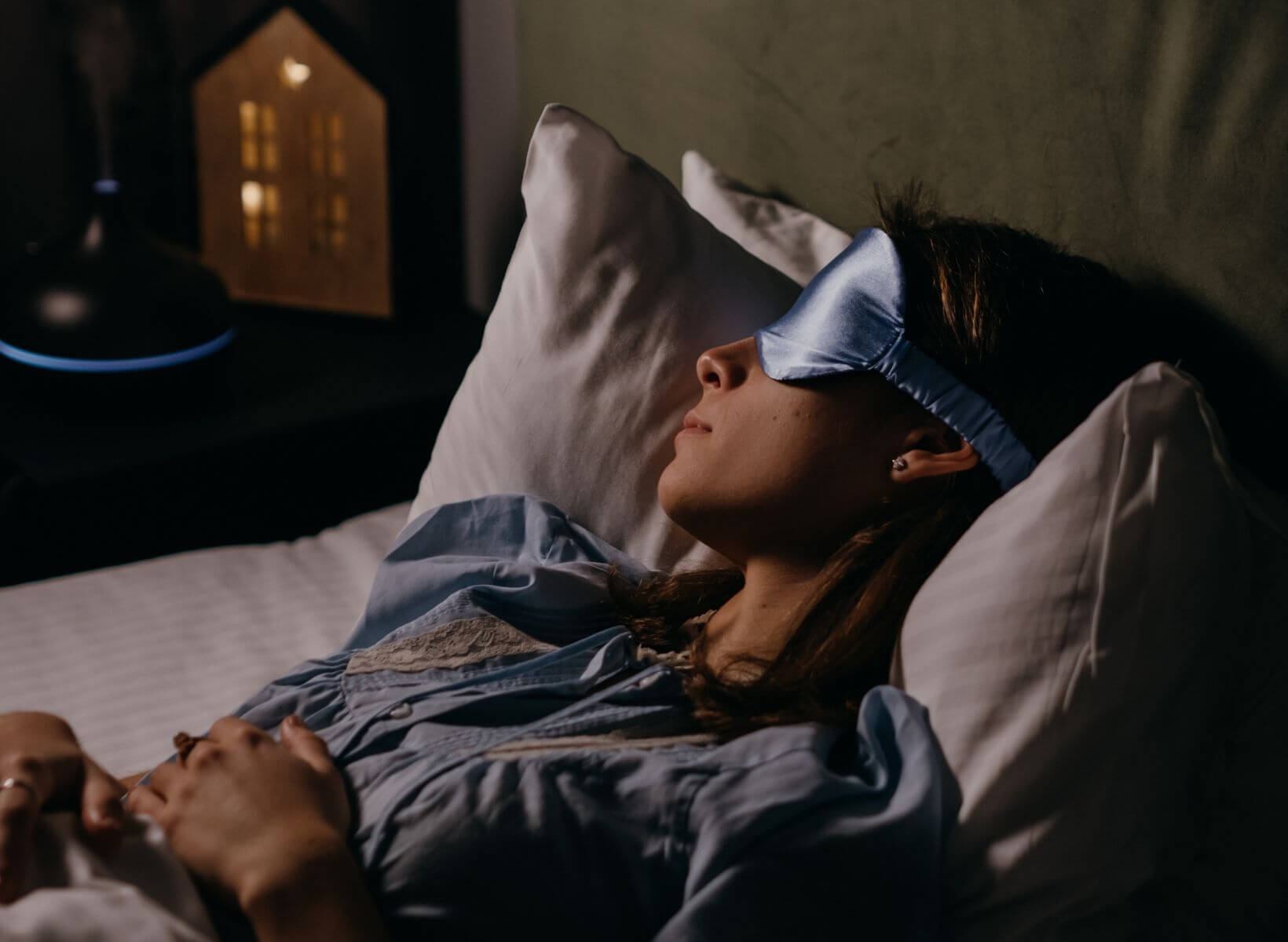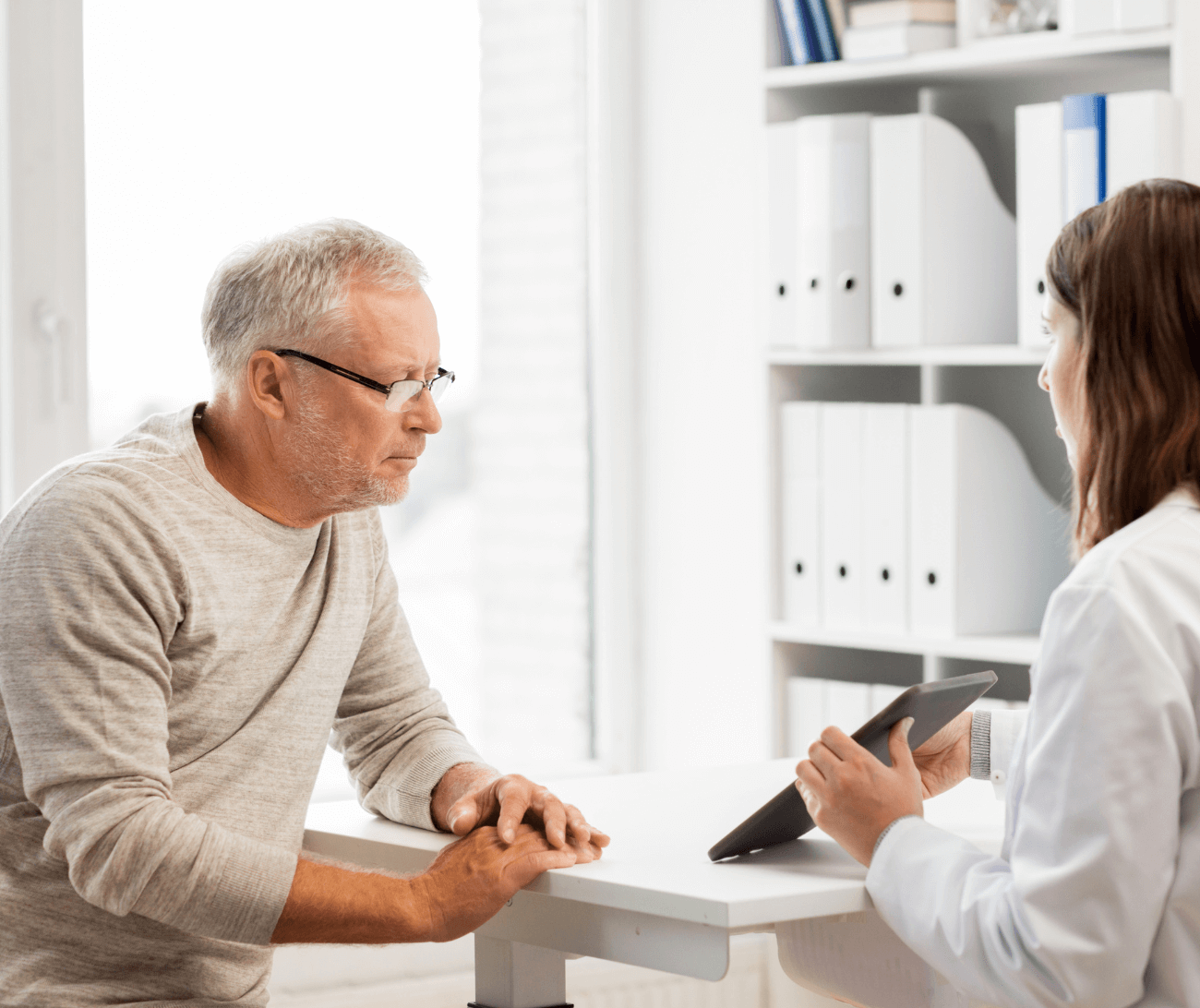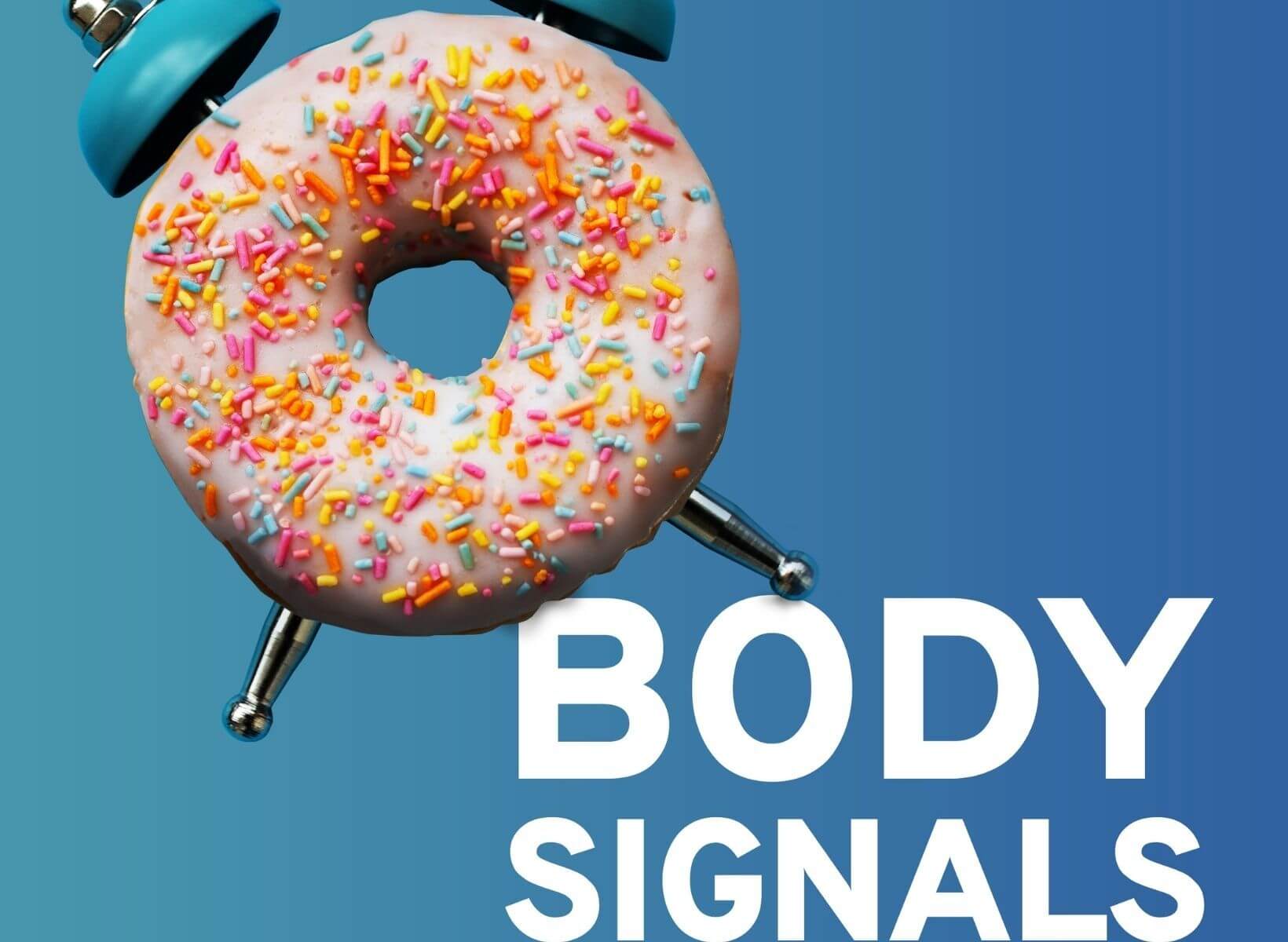You’ve booked the flights and accommodations, planned the itinerary, and written the packing list. Living with diabetes, you’ll need to add diabetes management to the list of things to plan for on a trip.
Managing diabetes while traveling can seem daunting because travel inevitably puts you in unfamiliar circumstances. This can cause concern for those who live with diabetes and have to balance their blood sugar levels. Food options change, time in transit increases, and access to certain medical supplies might become limited.
Don’t let diabetes or concerns about hypoglycemia stop you from making those travel plans. Traveling with insulin might require extra care, but you can make the most out of your trip with proper preparation. Management should be individualized to each person’s health circumstances, but these general guidelines can help you plan. Whether taking a business trip, visiting family, or enjoying a vacation, here’s what you need to know about traveling with insulin.
{{mid-cta}}
Can You Bring Insulin on a Plane?
Yes, insulin can be taken on planes. Liquids in volumes above 100 ml are usually not allowed onto American aircraft, but exceptions are made for medical supplies. It’s best to bring all your diabetes supplies into the cabin in a carry-on bag because the cold temperatures in the cargo hold can damage insulin. Besides, checked bags can get lost.
If you use a wearable device like an insulin pump or continuous glucose monitor (CGM), check the manufacturer's guidelines on how to pass through airport security. Generally, these devices should not go through the body scanner or x-ray machine unless you know your specific model won’t be damaged. Have your medical documents on hand and communicate with airport security personnel about your medical equipment to get through TSA security screening smoothly.
The Transportation Security Administration (TSA) webpage provides more information about air travel in the United States with medical supplies.1 However, other countries may have different regulations, so it's best to research your final destination's regulations. Whether flying within the US or abroad, checking the airline guidelines before traveling is important to avoid issues. If you wear an insulin pump, you will need to tell the security agent before going through the inspection lines. The agent may inspect the glucose meter, but you can ask them not to remove it.
If you need to take insulin by syringe when your plane is in the air, take it normally, but put half as much air as usual into your insulin bottle. Airplanes are pressurized, and the pressure inside the cabin differs from that on the ground. You might also like to contact your airline before your trip to request low-carbohydrate meal options on your flight so that you can maintain stable glucose levels.
Traveling With Insulin: What You’ll Need

If you travel with insulin, you must pack documentation and various medical items. Here’s what you put in your bag:
- A Complete List of Your Medication
- A Medical Awareness Identification: Also called medical emergency identification, these wearable IDs have written medical information that can help in an emergency if you cannot speak for yourself.
- A Card With Your Doctor’s Contact Information
- A Travel Letter for Diabetes: You can request this letter from your doctor or healthcare team. This letter is a statement from your doctor that you have diabetes and need to carry medical supplies. This documentation should contain most of the information listed above, like details about what supplies you need to have with you. Airlines often request this document, and can help you quickly get necessary medical care in an emergency.
- Candy, Juices, Glucose Tablets, or Glucagon if you experience low blood sugar.
- Prescription Drugs and Medical Supplies: These could include medications, test strips, lancets, syringes, insulin pens, inhalers and cartridges, sensors, and blood sugar testing supplies.
It’s best to keep these items in your carry-on bag if your checked baggage gets lost or you need them during your flight. Also, it’s a good idea to pack copies of important documentation and extra supplies in case you need more than anticipated, your travel plans change at the last minute, or some supplies are damaged.
<div class="pro-tip"><strong>Also Read: </strong><a href=types-of-insulin>Types of Insulin: An In-Depth Look</a>.</div>
How to Store Your Insulin During a Trip
Insulin needs to be stored between 33℉ and 80℉. The type of insulin that is inhaled can be left at room temperature for up to ten days after being opened.
This temperature range means you must ensure your insulin is never frozen, so if traveling to a very cold location, keep your insulin close to your body or in heated rooms.
Keeping your insulin below 80℉ is a more common concern. If you are traveling to a hot location, keep your insulin cool by using a cooling bag. Once you reach your accommodation, place it in the fridge (make sure the bag and fridge do not cause accidental freezing!). Insulin damaged by heat can have a brownish color, and clear insulin can turn cloudy. Don’t use any insulin that looks discolored.
6 Tips for Traveling With Insulin Safely

Those who use insulin might be a bit more restricted from “winging it” like spontaneous travelers like to do, but travel is by no means off the table. By taking a bit more time to prepare for traveling with insulin, you’ll ease your health concerns and be able to make the most out of your trip. Here are some tips to plan for a smooth trip while carrying insulin:
- Communicate With Your Airline and Airport Personnel
Before traveling, contact your airline or look on their website for guidelines on traveling with diabetes. You may need to complete paperwork, especially if traveling with an insulin pump or continuous glucose monitor.
At the airport, tell a security screener that you have diabetes so that your medical equipment can pass smoothly through the screening process. To be taken into the cabin with you, each item must have a prescription label and the maker's label.
- Pack Extra Supplies
Have backup medication, medical devices, and spare parts if your supplies are broken, damaged, or lost while away. It’s best to avoid buying new supplies in a new location, especially during emergencies or while abroad.
If you move a lot throughout your trip, consider storing your spare equipment in a separate bag from your primary equipment. This way, if you lose a bag, you won’t lose all your necessary supplies.
- Learn to Adjust Your Dosage During the Trip
If you are traveling across time zones, you might need to adjust the timing of your insulin doses. Talk with your healthcare provider to determine what adjustments are needed.
You may need to manually change the date and time on your insulin pump to get the correct basal insulin dose. If you use an app to control your doses, the time should automatically update when you cross time zones if you have cellular service. If you travel internationally and plan to get a local SIM card, you will lose service when returning home, and your phone’s clock will not change.
- Store Your Insulin Properly
Ensure your insulin and other medical supplies are stored in sturdy packaging in your luggage, where they won’t get damaged from extreme temperatures or bumps while on the road.
- Prepare Yourself for Possible Inconveniences
Make a plan for getting the necessary support in case of a supply shortage or a health emergency. Find out how you can get insulin and research health facilities in the area you are traveling to. If you are leaving the country, research your final destination to get a picture of medical supplies, health facilities, and treatment there.
- Get Travel Insurance
Travel insurance will give you peace of mind and make sure mishaps are covered while you're away from home. There are many different plans to choose from, but for those with diabetes, it's important to have at least medical travel insurance. Ensure your plan covers pre-existing conditions (many don’t!). You’ll gain peace of mind once you put in the time to understand how your travel and health insurance policies work and how expenses will be covered once you travel to a new location.
Learn More About How to Improve Blood Sugar Health With Signos’ Expert Advice
The proper medication is essential to improve health, manage diabetes, and control weight loss. With the next generation of continuous glucose monitors and Signos’ expert guidance, you can reach your health goals by incorporating changes into your nutrition and lifestyle based on real-time personalized blood glucose data. Learn about Signos’ science-backed approach to achieving better health, weight loss, and more. See how Signos works to pair continuous glucose monitoring, an all-in-one app experience, and expert advice to help you reach your health goals. Take a quick quiz to see if Signos is right for you.
<div class="pro-tip"><strong>Learn More: </strong><a href=is-trulicity-insulin>Is Trulicity Insulin?</a>.</div>
- Item 1
- Item 2
- item 3
Topics discussed in this article:
References
- Insulin Pumps & Glucose Monitors | Transportation Security Administration. https://www.tsa.gov/travel/tsa-cares/disabilities-and-medical-conditions/insulin-pumps-glucose-monitors (accessed 2024-06-20).
- What Can I Bring With Me on the Plane | ADA. https://diabetes.org/tools-support/know-your-rights/what-can-i-bring-with-me-on-plane (accessed 2024-06-20).
- Have Insulin, Will Fly: Diabetes Management During Air Travel and Time Zone Adjustment Strategies | Clinical Diabetes | American Diabetes Association. https://diabetesjournals.org/clinical/article/21/2/82/571/Have-Insulin-Will-Fly-Diabetes-Management-During (accessed 2024-06-20).
- Contributors, W. E. Tips for Traveling With Diabetes. WebMD. https://www.webmd.com/diabetes/traveling (accessed 2024-06-20).
- Medical Alert Bracelets, Necklaces and More | American Medical ID. https://www.americanmedical-id.com/ (accessed 2024-06-20).
- Airline industry worldwide - number of flights 2024. Statista. https://www.statista.com/statistics/564769/airline-industry-number-of-flights/ (accessed 2024-06-19).

.webp)
.jpg)





























